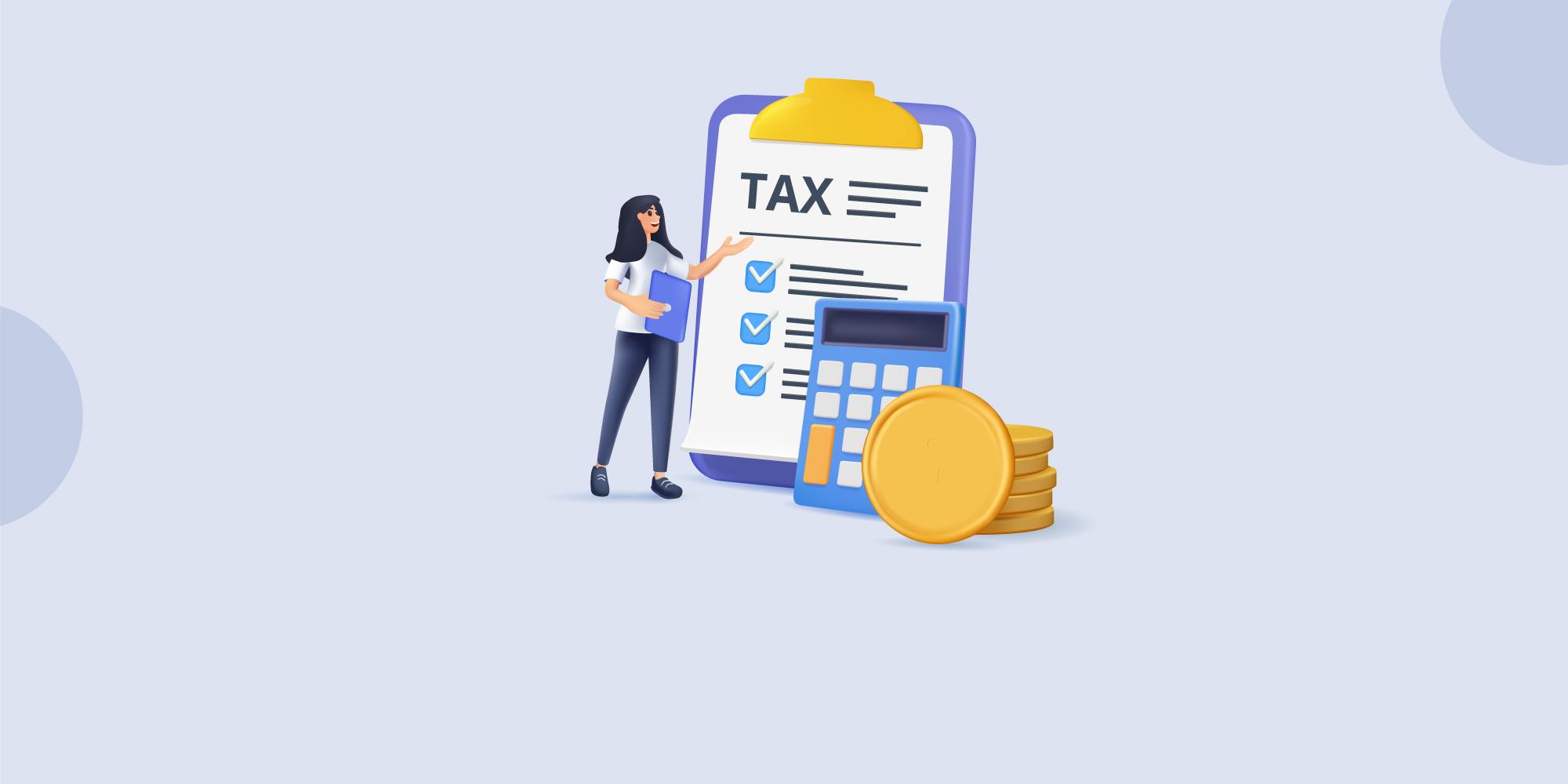
Direct tax and indirect tax are the two primary categories of taxes that the Government of India levies. They are the main sources of revenue for the government, which plays a crucial role in funding public services and infrastructure development. You need to pay these taxes on whatever you earn or whenever you purchase a good or service.
Understanding the distinction between these types of taxes – direct and indirect is essential. This is because it impacts individual and business financial planning. To learn about the differences between the two, read on.
The government levies them on your income and profits. Direct taxes have to be borne by the person who has to pay the tax. They cannot pass the burden of payment to someone else. The Central Board of Direct Taxes (CBDT) administers and regulates the direct taxation system. You will have to pay these direct taxes for various purposes, including-
These taxes are considered a progressive form of taxation. This is because you will have to pay higher taxes on higher income. Check out the details of some of the important types of direct taxes-
It applies to the income that individuals and corporations need to pay. Under the Income Tax Act of 1961, you will have to file an income tax return (ITR) declaring your sources of income. You can calculate taxable income based on applicable tax slabs and deductions.
The government imposes this tax on the profit you earn from the sale of a capital asset. Such asset classes include stocks, real estate and other investments. The capital gains tax rate depends on the type of asset, the period of holding and your income bracket.
These apply to the purchase and sale of securities listed in a recognised stock exchange.
The government imposes these taxes on goods and services. Hence, one tax-paying entity can transfer its burden to another. The Central Board of Indirect Taxes and Customs governs and administers the indirect taxation system.
These taxes are generally passed on to the consumers as part of the product or service price. The following are some of the important indirect charges-
It is a consumption-based taxation system which replaced a number of central and state indirect taxes. The implementation of GST has simplified the indirect taxation system in India.
It refers to a tax the Union Government levies on goods imported into India. It helps the government protect domestic industries from unfair competition.
While both contribute to the government’s treasury, they differ in many respects. Check out the differences between direct tax and indirect tax below-
| Parameters | Direct Taxes | Indirect Taxes |
|---|---|---|
| Meaning | Need to be paid directly to the government | Need to pay these taxes indirectly to the government through an intermediary |
| Applicable to | Income and Profits | Goods and Services |
| Tax Rate | Depends on your income and profits | Same tax slab rates for everyone |
| Type of Taxation as per the Burden | Progressive, as taxpayers with higher income or profits need to pay higher taxes | Regressive because the tax rates are the same for everyone |
| Types | Income tax and capital gains tax | GST, customs duty, Value-added Tax (VAT) |
Understanding the nuances of direct tax and indirect tax is crucial for individuals and businesses in India. By comprehending how these taxes impact your finances, you can make informed decisions about investments, savings and overall financial planning.
In case of urgent financial needs, you can secure funds of up to ₹5 lakhs with the Fibe Instant Personal Loan. You can enjoy pocket-friendly interest rates and a tenure extending up to 36 months. Download the Fibe Personal Loan App or visit our website to register and apply in just a few clicks with minimal documentation.
Tax Deducted at Source is an indirect tax. You have to pay TDS as you earn or at the point of receiving income.
Here are the types of indirect taxes-
No, it is a unified indirect tax, which was brought to simplify the older indirect tax system in India.
It is an indirect tax that the government levies on property transactions.